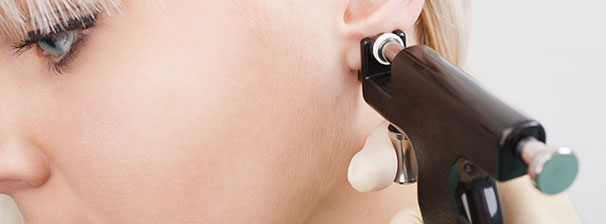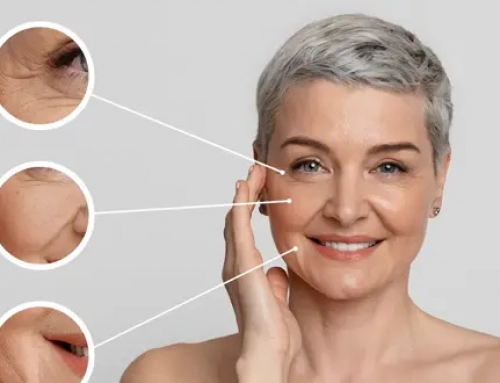Earlobes are fragile structures that can be damaged by earrings or piercings. Heavy earrings tend to widen the hole they’re attached to, the same goes for earrings worn during sleep. Ear gauges in particular are specifically designed to create a large sized ear hole that won’t retract after the piercing is removed. If an earring is accidentally ripped from the ear, the earlobe can be split with an unsightly appearance. If you’re considering an earlobe repair with Dr.Balti, visit the before and after plastic surgery page of the website to view the results of his previous patients.

About the earlobes
The earlobe is the lower part of the auricle. It is made of skin and fat, it doesn’t consist of cartilage. This area is fragile because of the absence of cartilage support unlike the other parts of the outer ear. It can deform or tear easily with jewelry or inadequate accessories, which is why many patients with damaged ears or earlobes contact Dr.Balti to schedule their otoplasty in Tunisia.
Earlobes symmetry
Earlobe repair is not as simple as it seems. Simply suturing both parts of the ear hole results in a decreased earlobe size, which is often non-symmetrical with the opposite side. Earlobe repair aims at restoring the earlobe with the same size for both ears.
Who is earlobe repair surgery for ?
This procedure is designed for any individual with a torn or distended earlobe. Earlobe tears can occur in accidents / traumas ripping the earrings off the ears. Earlobes can also develop a tear or split because of heavy jewelry worn for extended periods of time, which progressively widens the ear holes. Stretchers cause irreversible distention of the earlobes. Only ear surgery can restore their appearance of origin. When earlobes are torn, ear repair can only be carried out once the ears are fully healed.
Principles
The procedure follows two base principles : maximum tissue preservation (to avoid decreasing the size of the earlobes) and optimal symmetry. Dressings are not necessary over the sutures. The surgery is usually 45 minutes to 1 hour long depending on the corrections to be made and performed as an outpatient procedure, which means the patient can go home after a few hours of rest at the clinic.





